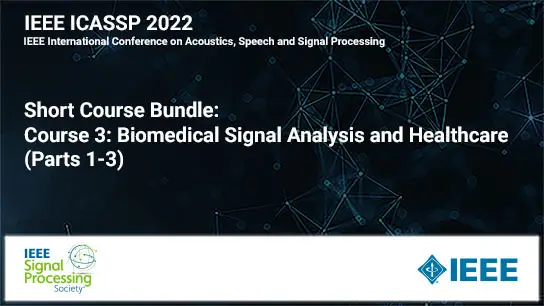Learning To Jointly Segment The Liver Anatomy From Incomplete Annotations
Omar Ali, Alexandre Bфne, Eric Vibert, Irene E Vignon-Clementel, Marc-Michel Rohe
-
Members: FreeSPS
IEEE Members: $11.00
Non-members: $15.00Length: 00:04:10
28 Mar 2022
Multi-class models performing joint liver, lesion, and vessel segmentations are not yet established, likely due to the lack of largely annotated datasets with the three labels jointly available. To overcome this challenge, we propose the FuSe loss, a novel multi-class loss function to handle differently labeled datasets. This function is tested on IRCAD’s fully annotated dataset which includes reference segmentations of the liver, lesions and hepatic vessels, and LiTS’ partially annotated dataset which only includes liver and lesion reference segmentations. The nnUNet’s 3D self-configuring framework is used to calibrate and train two deep networks for the joint segmentation of the liver, lesions, and vessels. First, a baseline network is trained with the baseline loss function on IRCAD, then a second network is trained with the FuSe loss on both IRCAD and LiTS. With the FuSe loss, the dice scores reached up to 95.9%, 70.6% and 60.0% for the liver, lesions, and vessels respectively.



